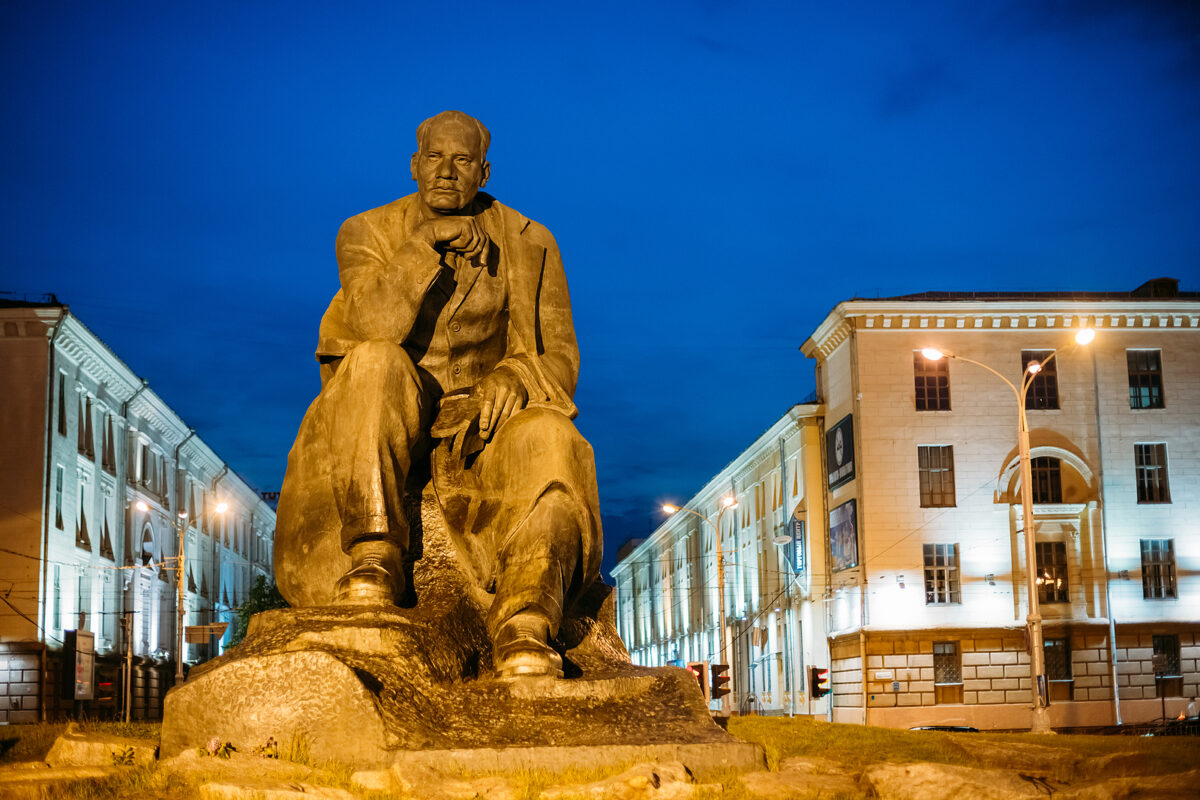During the autumn of 2016, Emerging Europe, in co-operation with the European Bank for Reconstruction and Development (EBRD), organised an Outlook on Belarus, an event which coincided with the country that year being recognised by the World Bank as one of the 10 most improved economies in the world.
The report which accompanied the event highlighted that while more reform of the country’s economy and political system were needed, positive changes were taking place.
At the time, Belarus did indeed appear to be moving in the right direction. A new, young breed of entrepreneurs and civil servants was looking west for inspiration, not east.
Sectors such as IT were actively being encouraged to develop—free of state interference—by the authorities, foreign investment was actively being courted, and while the country remained a de facto dictatorship led by the same leader since 1994, there was a real sense that change was afoot, and that the country was finally ready to open both its economy and political system to competition.
All that changed in August 2020, following an election which the country’s long-time leader, Alexander Lukashenko, almost certainly lost to Svetlana Tikhanovskaya, the wife of a jailed dissident, who had been allowed to stand as, in her own words, “they didn’t see a simple housewife as a threat”.
The aftermath of the election (Lukashenko claimed victory with an implausible 80 per cent of the vote) saw Belarus plunged into economic uncertainty, exacerbated by a brutal crackdown on dissent (thousands of opposition figures were jailed; many remain behind bars to this day) and significant Western sanctions.
These sanctions targeted key exports, including petroleum products and potash, which were crucial revenue sources. By 2021, the EU and the US had placed sanctions on state-owned enterprises and financial institutions, aiming to squeeze the regime economically. The impact was swift: foreign trade deteriorated, inflation surged to double digits, and the Belarusian ruble experienced periodic devaluations.
Sanctions, adaptation, and economic strain
Belarus’s economy leading up to the 2020 election was defined by a broadly intact Soviet-style system, with heavy state control over major sectors such as manufacturing, petrochemicals, and agriculture.
Growth was sluggish, averaging around one to two per cent annually from 2014 to 2019, with significant inflationary pressures. The so-called ‘social contract’, with the state, where citizens received economic stability in exchange for political compliance, had begun to strain under slow wage growth and deteriorating living standards.
The country’s economic model was increasingly unable to deliver sustainable growth, as structural weaknesses stifled innovation in sectors controlled by the state, and diversification.
This stagnation manifested in a widening well-being gap with neighbouring EU countries, with Belarus’s GDP per capita dropping to around 52.5 per cent of the EU average by 2022, a level last seen in the mid-1990s.
Heavy reliance on Russia for energy subsidies and export markets compounded these challenges. While trade with Russia often provided a cushion, it also limited Belarus’s economic autonomy.
Approximately 40 per cent of Belarus’s exports went to Russia before 2020, but this figure has since risen to around 65 per cent, illustrating deepened dependency as sanctions from the West took hold.
While some sectors, like agriculture and manufacturing, have demonstrated resilience, often buoyed by state support and redirected trade through Russia, underlying issues persist.
Price controls and state intervention have kept inflation in check of late but at the cost of stifling investment. The GDP growth rate, which reached 5.5 per cent in early 2024, is projected to slow significantly, with expectations of stagnation by 2025 as capacity constraints and ongoing sanctions weigh down growth prospects.
Belarus has also suffered significant brain drain since 2020, with entrepreneurial talent moving abroad.
BEROC, a leading Belarusian think tank, has called this phenomenon ‘internationalisation’, manifested in the relocation of Belarusian companies and employees, the opening of offices, and the launch of new businesses primarily in neighbouring countries—notably Lithuania and Poland.
A new Belarus
The potential of Belarus that seemed so apparent back in 2016 nevertheless remains. If the country were to undergo a democratic transition, it could unlock considerable economic potential across various sectors.
Key areas poised for growth include IT, which despite political challenges remains one of Belarus’s most promising industries. The High-Tech Park (HTP) in Minsk has attracted global clients, and democratic reforms would almost certainly lead to an influx of foreign investment and talent, further positioning Belarus as an Eastern European tech hub. Liberalising policies and closer alignment with the EU meanwhile would significantly boost the sector’s competitiveness and innovation potential .
With nearly half of the country’s land dedicated to agriculture, Belarus’s farming sector would likewise benefit from modernisation and better market access.
Democratic reforms could facilitate the introduction of advanced farming techniques and unlock new markets, particularly within the EU, currently all but closed. The potential for exporting dairy, meat products, and cereals could expand, given the country’s agricultural capacity and proximity to European markets.
Belarus also has vast potential in renewable energy. Energy security remains a critical issue, with Belarus currently reliant on Russian natural gas imports. A democratic shift could open the door to renewable energy investments and infrastructure development in wind, solar, and biomass, supported by EU funding and technical expertise.
Diversifying the energy mix would not only reduce dependence on Russia but also align Belarus with broader European green policies.
Outdated as they are, manufacturing and heavy industry also offer scope for investment. Existing industries such as machinery production, trucks, and tractors could benefit from privatisation and modernisation efforts under a new political system.
While state-owned enterprises like BelAZ and MAZ currently operate with significant inefficiencies, market-oriented reforms and foreign investment could revitalise these sectors and improve export competitiveness. Such restructuring would be crucial for maintaining a viable industrial base amid shifting global market dynamics.
Geopolitical considerations
An economic transition would also involve balancing Belarus’s geopolitical relationships. While Russia’s economic leverage over Belarus has grown since 2020, the opportunity to engage with the EU and other international bodies could provide an alternative pathway.
Belarus’s future economic strategy would need to involve diversifying its partnerships to reduce its dependence on Russian subsidies and expand its access to global markets. Such a strategy would also require overcoming potential Russian resistance to any substantial shift in Belarus’s economic orientation.
The road to such profund change, which seemed clear in 2016, is today full of obstacles, however—not least Lukashenko’s hold on power.
Structural weaknesses in the economy, entrenched bureaucratic practices, and the risk of Russian intervention would pose significant hurdles. Nevertheless, the well-educated workforce, existing industrial capacity, and cultural ties to Europe could serve as a foundation for economic renewal.
Given its economic potential, there is no reason why a democratic Belarus could not follow a trajectory similar to Poland or the Baltic states, leveraging reforms to stimulate growth and integration with the European economy.
First, however, Lukashenko needs to go. And, despite the best efforts of Tikhanovskaya, who leads the country’s opposition from exile in Lithuania, there are currently few signs that his departure is imminent.







